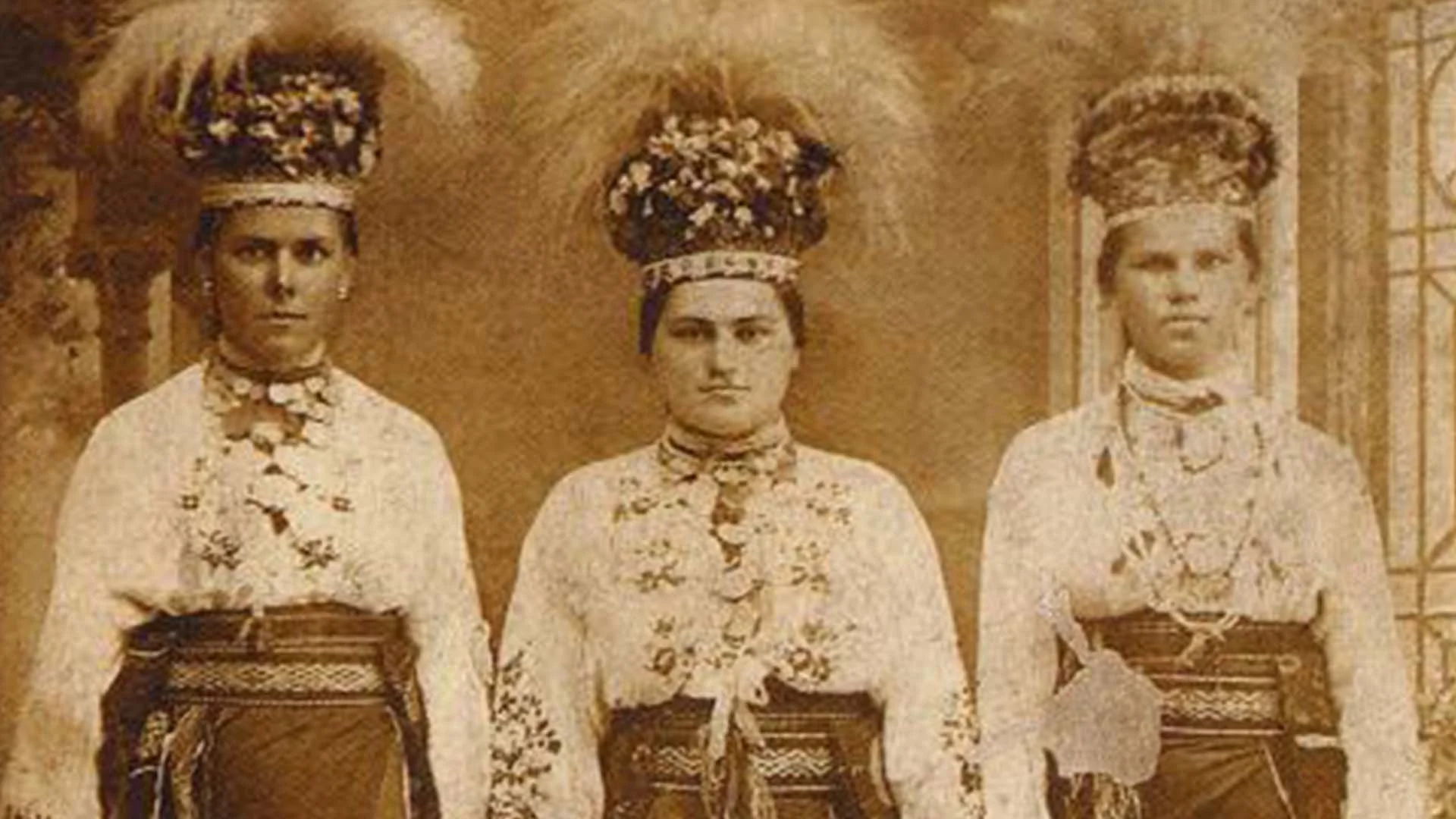Sadhora Polka
Just like picture puzzles created from numerous pieces, European cities are made up by numerous, once independent, small towns. Budapest, for example, has its Buda and Pest; Prague – its Vyšehrad and Mala Strana; and Chernivtsi is just as good, consisting of Lenkivtsi and Rosha, and the charming Sadhora. Formerly a mint and a major fair ground, Sadhora was engulfed by Chernivtsi but has managed to maintain its independence.
The town originated from a mint. The idea of establishing it was first conceived by the Russian Army commander-in-chief during the Russo-Turkish War of 1768-1774. The project was then implemented by a Saxon Baron Nicolaus Gartenberg, who brought in German specialists to work & develop the town. They were then joined by blacksmiths and tailors, bakers and decorators, and eventually there was even a brewer and a coach master in town! And that’s how Sadhora originated. But why the name Sadhora? In Ukrainian, Nicolaus’ last name Gartenberg literally means a ‘garden mountain’ – ukr. ‘sad hora’. There were also many gardens and a mountain above the settlement, so the name seemed like the perfect fit.
The town had its very own specific culture and folklore. One of the ‘faces’ of this culture was a town dance called the ‘Sadhora polka’. (Many wrongfully assume that the word ‘polka’ derives from ’Polish girl’ (literal translation of this Polish word). The true meaning, however, comes from the Czech word meaning ‘half’ or, in this case, a half-step.)
The ‘Sadhora Polka’ (in Ukr. Sadhirska Polka) is distinguished by a great ease and grace of movement, that resonates with syncopated steps and a one-of-a-kind Bukovynian Melos. The dance accentuates the pride and strength of the male dancers, opposed to the girls’ elegance and grace. Some moves are very similar to those of Romanian and Hungarian dances. The dance involves a rather interesting invitation. When asking a girl to dance, a man would put a handkerchief over his palm, and then, accepting the invite, the girl would place her hand over the handkerchief. This gesture indicated certain rules of conduct of the time.
Traditional Sadhora costumes were very elegant. Girls wore beautiful embroidered shirts, fluffy ‘riklia’ skirts (wide and colourful, decorated with ribbons, sequins, and drawn thread work), and a headdress decorated with feather grass, called kodyna. Men wore hats with feathers, embroidered shirts, white pants with ornaments down the hemline and a light keptar (vest).
This dance was first staged in 2008 by choreographer Leonid Sydorchuk for the "Viter" (Edmonton) and "Yavir" (Toronto) dance ensembles and then, in 2009, the "Sadhora Polka" was brought back to life (with a few minor changes) with the help of the Bukovyna Song and Dance Folk Ensemble


